Essential Question 9: Can we improve symptoms by targeting downstream?
Share This Post

Each Thursday throughout the summer, CureGRIN will be sharing a blog post that summarizes one of the 10 “Essential Questions” that need to be answered in order to find cures and treatments for GRIN Disorder. These questions are a central component of our recently unveiled Research Roadmap titled, “Treat the Symptoms. Cure the Disease.” You can find links to all of these blog posts here.
Today, we focus on Essential Question 9:
Can we improve symptoms by targeting downstream?
Certain aspects of GRIN disorder and other GRI disorder symptoms could possibly be attributed to other factors in the body. In biology, downstream effects are things that affect or influence signaling later on in a pathway. CureGRIN wants to better understand which symptoms of GRIN and other GRI disorders can be ameliorated by combinations of substances that together target downstream effects including:
1) Oxidative stress
2) Neuroinflammation
3) Mitochondrial / nutrient signaling dysfunction (IGF, mTOR, etc.)
4) Excitatory / Inhibitory Imbalance
5) Methylation & other epigenetic markers
We will discuss each of these different types of downstream processes below.
Oxidative stress is a disproportion of free radicals (oxygen-containing molecules with electrons) and antioxidants in the body. Oxidative stress can lead to cell death and tissue damage.
Neuroinflammation is a basic immune response in the brain. A certain normal concentration of inflammation protects brain cells from damage, but excessive neuroinflammation intensifies damage.
Mitochondrial dysfunction occurs when the mitochondria (the so called “powerhouses of the cell”) don’t work as well as they should. This can be caused by exposure to certain environmental factors or genetic abnormalities.
Nutrient signaling involves various signaling pathways that are regulated by the availability of nutrients in the body. Different nutrient levels are required to activate signaling, which modulates cellular processes like metabolism. Insulin-like growth factor (IGF) is a hormone that promotes normal growth bone and tissue growth. Protein kinase mechanistic target of rapamycin (mTOR) is a cell growth regulator which is important for cellular metabolism and growth.
Epigenetic markers are like a light switch that tell our genes to turn on or off. There are different types of epigenetic markers such as chemical (methylation) or protein (histones). As a result of epigenetic markers, certain environmental factors like diet, prenatal nutrition, and stress can impact the genes that are passed on from one generation to the next.
We don’t yet know how all of these processes and downstream effects are affected in GRIN and GRI disorder patients. CureGRIN will be working with scientists around the world to explore what symptoms of GRIN and other GRI disorders might possibly be improved by targeting these downstream processes.
Read more Posts

2024 GRI Virtual Conference
Join others from around the world at the 2024 GRI Virtual Conference. Learn more about what’s happening in GRIN research and hear the latest developments from clinicians, researchers, and family members.

Building Momentum at the GRIN Virtual Conference
The GRIN community of families, researchers and clinicians met virtually on September 12th. Like so many conferences and events, the 2020 GRIN Conference that was to take place in Boston, was moved to an online platform due to the global pandemic. nt.
